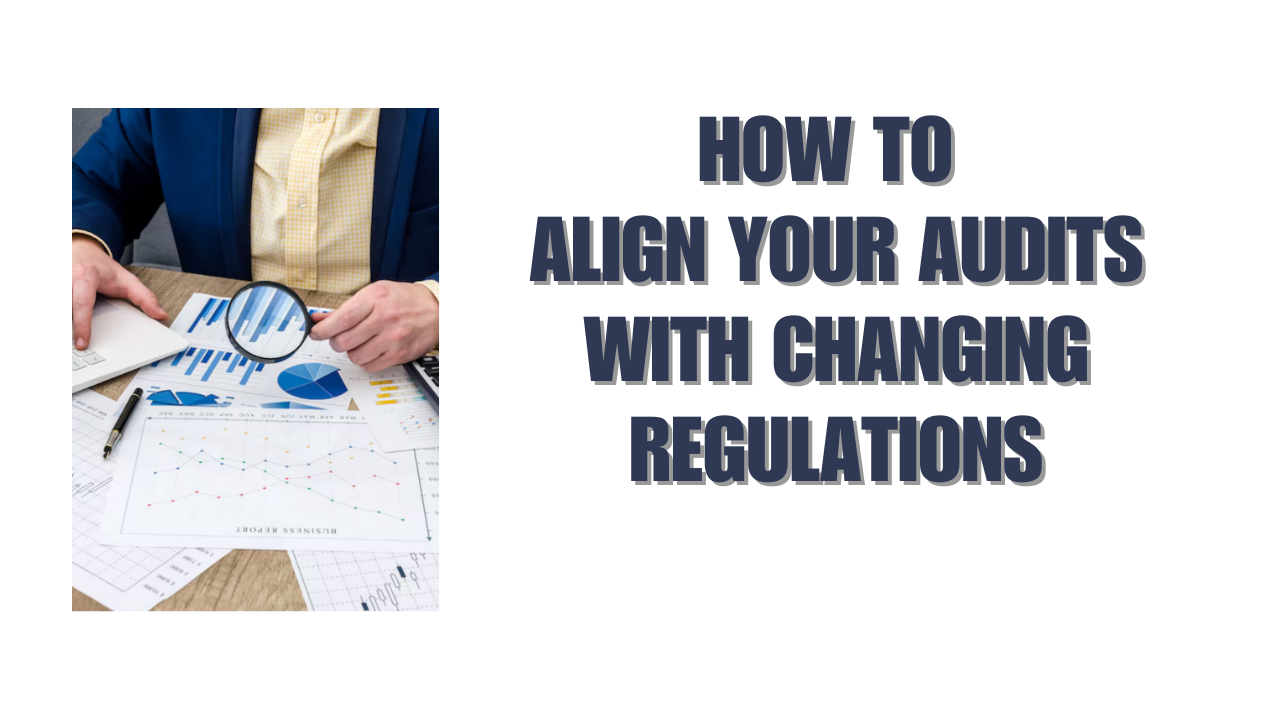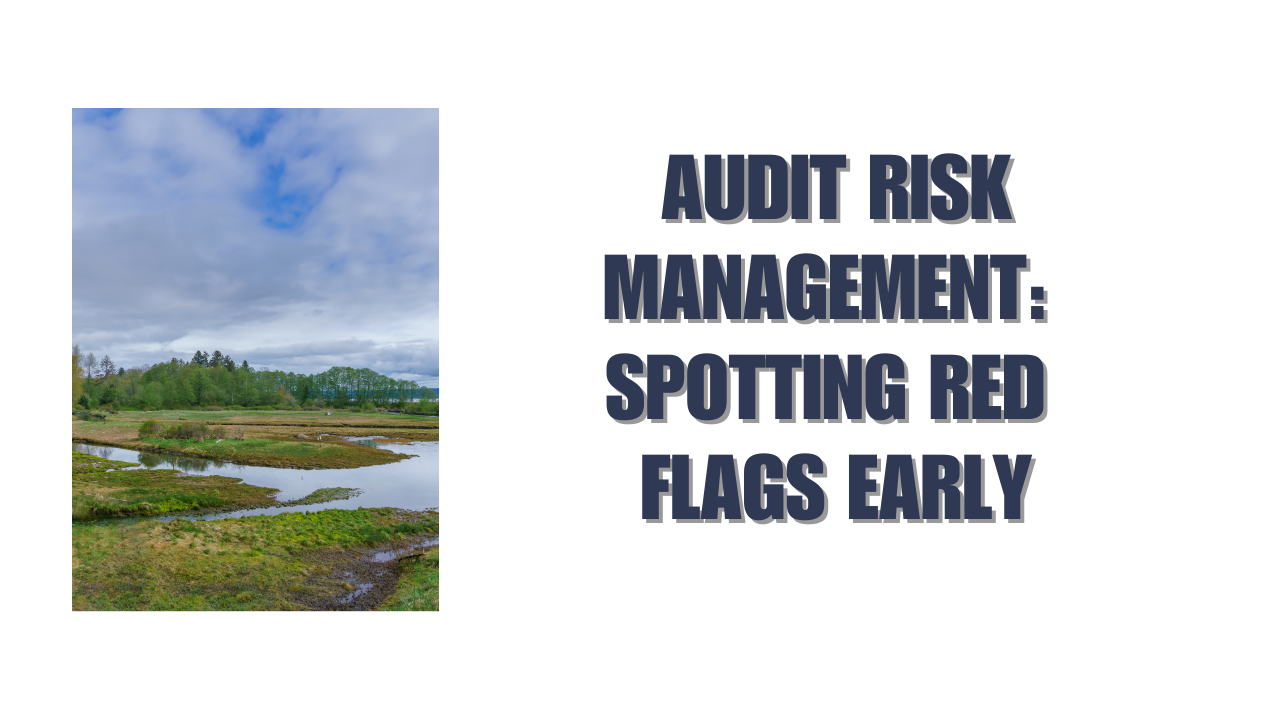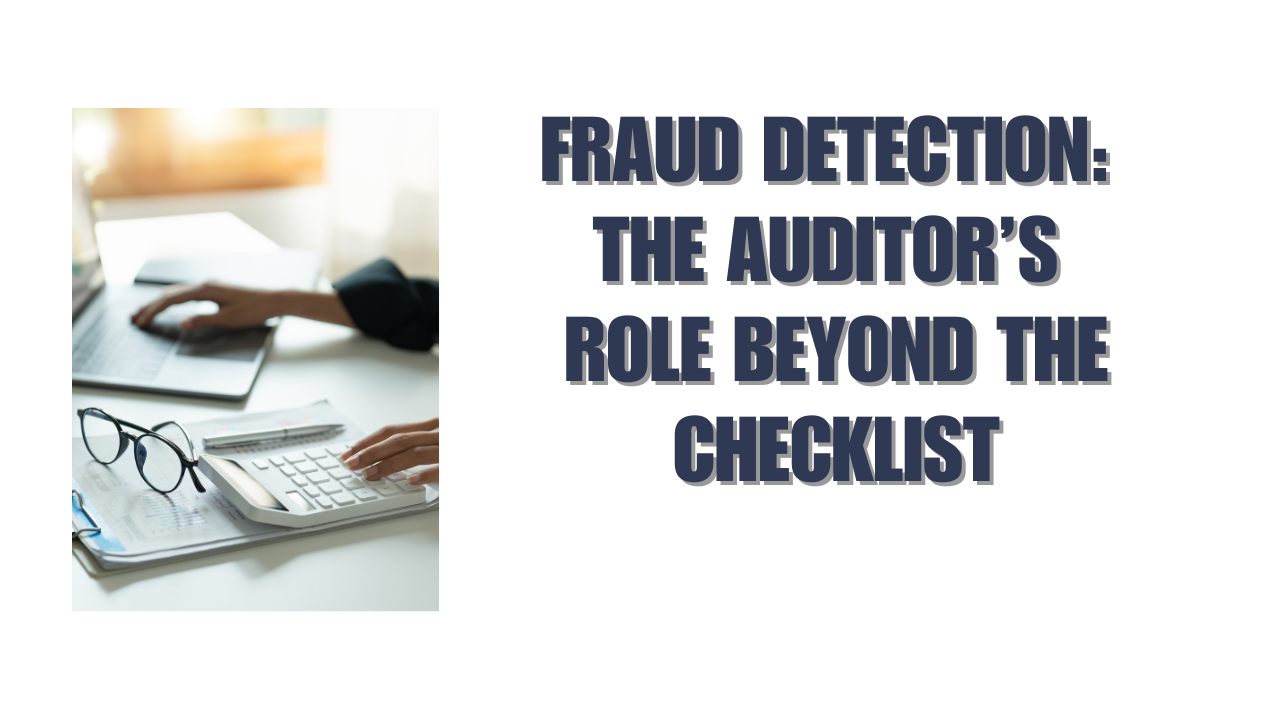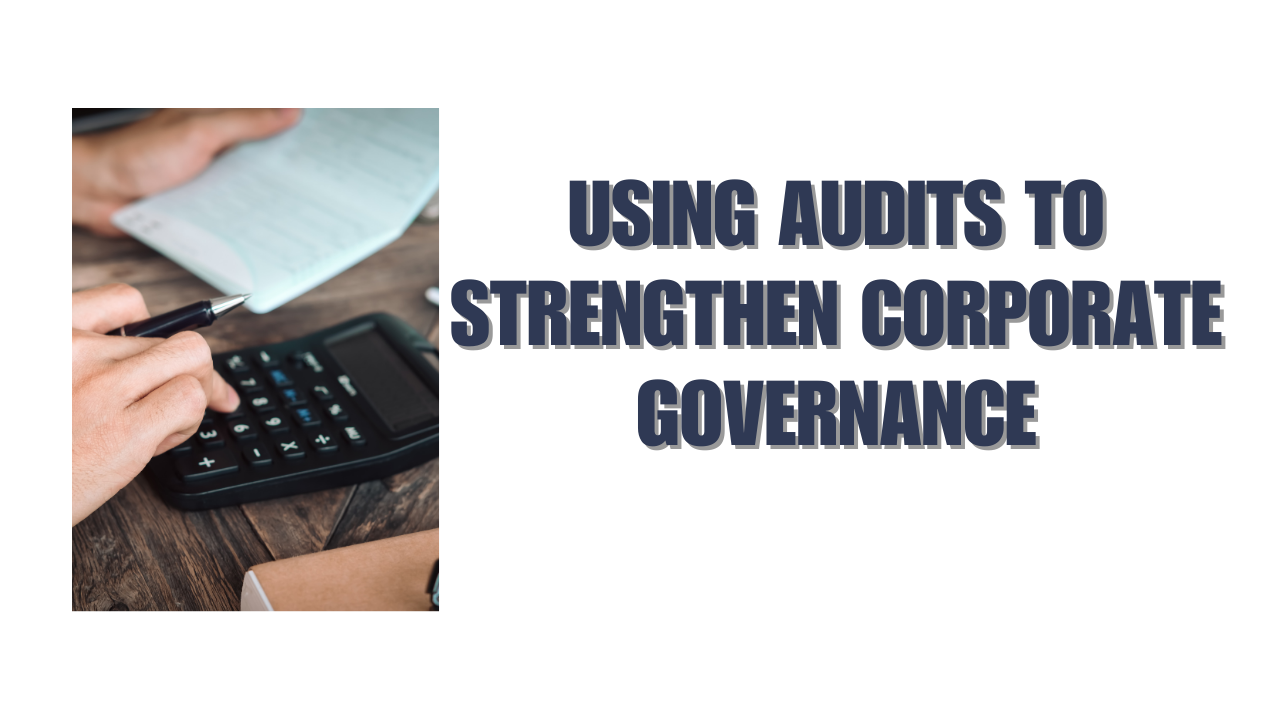In today’s business environment, regulations don’t just evolve, they accelerate. From updates in financial reporting standards to new compliance obligations across industries, organizations are under constant pressure to keep their audits aligned with the latest requirements. For many companies, particularly those operating across multiple jurisdictions, this creates an urgent need to review and adapt audit practices.
The challenge is clear: how can businesses stay compliant, avoid penalties, and maintain stakeholder confidence in the face of regulatory change? The solution lies in building a proactive audit framework that adapts as regulations evolve.
Why Regulatory Change Matters in Auditing
Audits are designed to provide assurance that financial statements and internal processes reflect reality and comply with the law. When regulations change, yesterday’s audit checklist quickly becomes outdated.
Take, for example, the global adoption of International Financial Reporting Standards (IFRS). Businesses that failed to transition their audit procedures struggled with misreporting, reputational risks, and costly restatements. Similarly, new data protection rules -such as the GDPR in Europe– introduced stringent requirements that transformed how audit evidence was collected and retained.
In short, regulatory shifts aren’t optional footnotes. They reshape how audits must be conducted, recorded, and reported. Companies that adapt quickly can demonstrate governance strength, while those that lag risk both compliance failures and diminished investor trust.
Common Audit Risks When Regulations Change
When organizations fail to align audits with evolving regulations, they expose themselves to several risks:
- Compliance penalties – Non-compliance can trigger financial penalties, fines, or even legal sanctions.
- Reputational damage – Falling short on audit compliance erodes confidence among stakeholders and investors.
- Operational inefficiencies – Outdated audit practices create duplication, errors, and wasted resources.
- Financial restatements – Inaccurate financial reporting can require costly corrections and undermine decision-making.
Best Practices for Aligning Audits With Changing Regulations
Adapting to regulatory changes requires foresight, agility, and structured practices. Here are strategies companies can adopt:
1. Build a Regulatory Monitoring System
Staying informed is the first step. Businesses should establish systems to track upcoming regulatory changes across the regions they operate in. This could include subscribing to updates from governing bodies, joining professional audit associations, or using technology platforms that monitor compliance updates in real time.
2. Incorporate Flexibility in Audit Planning
Rigid audit plans quickly become outdated when rules change. Instead, audit frameworks should allow for mid-cycle adjustments. For example, adding checkpoints for new disclosure requirements or revising materiality thresholds when reporting standards shift.
3. Strengthen Collaboration Between Audit and Compliance Teams
Audit functions don’t exist in isolation. A strong relationship between internal audit, compliance officers, and external auditors ensures that all teams share the same understanding of regulatory obligations. This collaboration reduces the chance of misinterpretation and ensures faster alignment.
4. Invest in Auditor Training and Development
Auditors must be well-versed in both current and upcoming regulations. Ongoing training ensures audit teams can interpret and apply new rules effectively. Organizations that neglect this risk falling behind in compliance readiness.
5. Leverage Technology and Automation
Audit software solutions with regulatory update features help organizations adjust processes faster. Automated workflows also ensure that changes in compliance requirements are reflected immediately in testing procedures and reporting formats.
6. Conduct Regular Gap Analyses
Periodic reviews can identify where current audit practices diverge from updated regulations. By addressing these gaps early, companies avoid compliance failures during statutory audits.
Example: Adapting to IFRS 16
When IFRS 16 introduced new lease accounting requirements, companies worldwide had to change how they reported lease obligations. For auditors, this meant updating testing procedures, reclassifying liabilities, and verifying new disclosures. Organizations that began preparing early were able to meet compliance deadlines without issue. Those that delayed faced audit delays, compliance risks, and increased costs.
This example underscores the importance of early alignment and proactive planning when regulations change.
The Role of External Auditors in Regulatory Alignment
Partnering with an experienced external auditor provides businesses with a significant advantage in navigating regulatory complexity. External auditors bring:
- Specialized expertise in interpreting new regulations.
- Benchmarking insights from working with multiple clients across industries.
- Independent validation that builds trust with boards, regulators, and investors.
By collaborating with external audit firms, businesses ensure their audit practices are both compliant and strategically aligned with global standards.
Future Outlook: Regulatory Change Is the New Normal
Looking ahead, businesses should prepare for continued waves of regulatory transformation. Key areas expected to drive audit changes include:
- Sustainability reporting – New ESG (Environmental, Social, and Governance) requirements will reshape audit disclosures.
- Digital taxation – Governments are tightening digital economy tax rules, requiring more advanced audit procedures.
- Cybersecurity compliance – Growing threats are pushing regulators to enforce stricter IT audit and reporting standards.
The message is clear: regulatory change will continue to accelerate, and businesses must embed adaptability into their audit functions.
Conclusion
Aligning audits with changing regulations is no longer optional-it is essential for safeguarding compliance, reputation, and long-term success. Businesses that invest in proactive monitoring, flexible audit planning, and strong collaboration between auditors and compliance teams will stay ahead of change and build lasting stakeholder trust.
At Aurora Financials, we help organizations design audit strategies that evolve with the regulatory landscape. By blending expertise, technology, and industry knowledge, we ensure your audits remain compliant, efficient, and strategically valuable.
FAQs
1. Why is it important to align audits with changing regulations?
Aligning audits ensures that businesses remain compliant with updated legal and reporting standards. It reduces the risk of penalties, protects reputation, and improves stakeholder confidence in financial reporting.
2. How can businesses prepare for future regulatory changes?
Companies should implement monitoring systems, invest in auditor training, and use technology to adapt audit procedures quickly. Regular gap analyses also help identify compliance risks before they become costly problems.
3. What role do external auditors play in regulatory alignment?
External auditors provide independent expertise, benchmarking insights, and assurance that internal audit practices meet current regulatory requirements. Their validation strengthens governance and investor trust.






